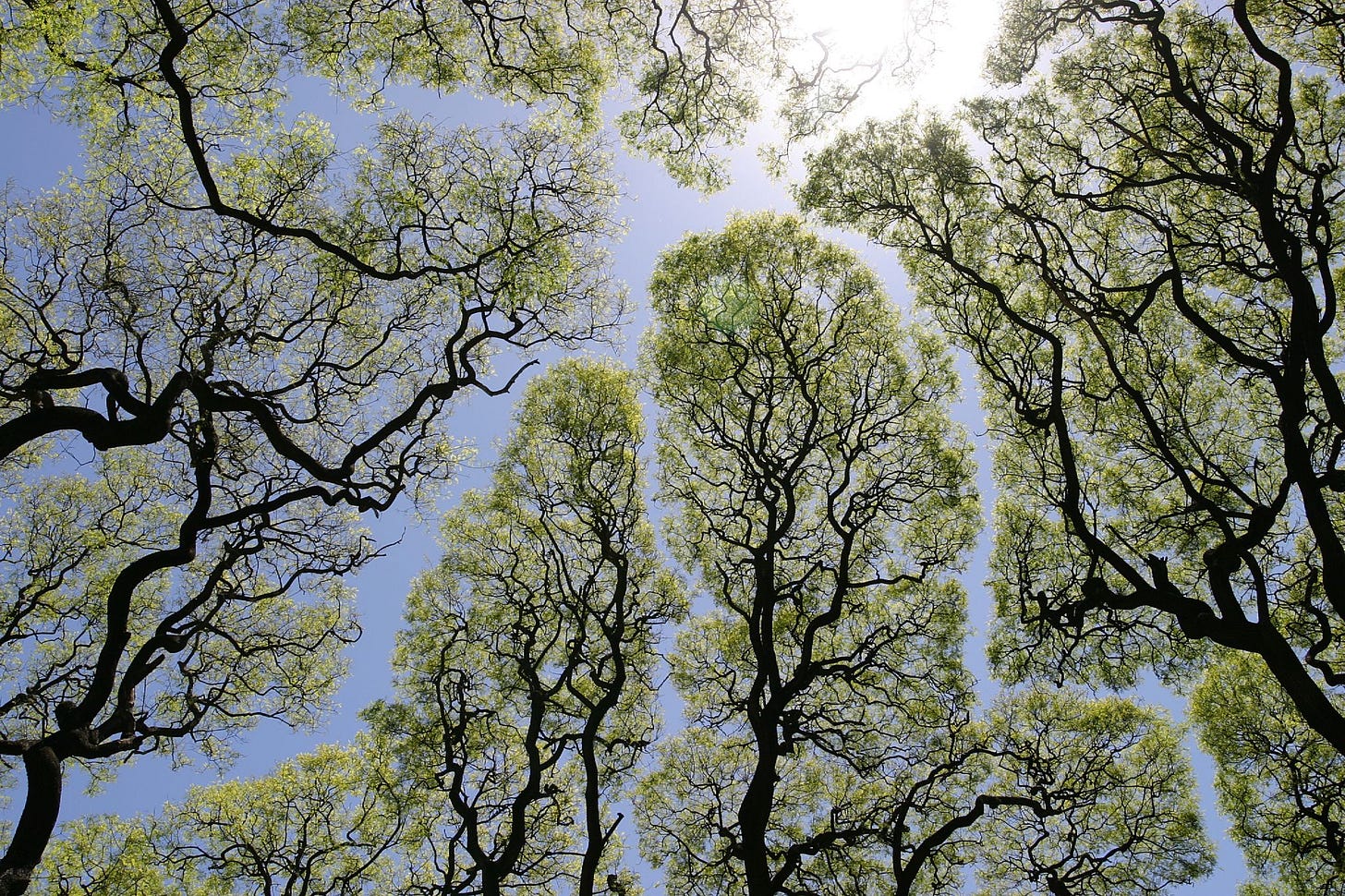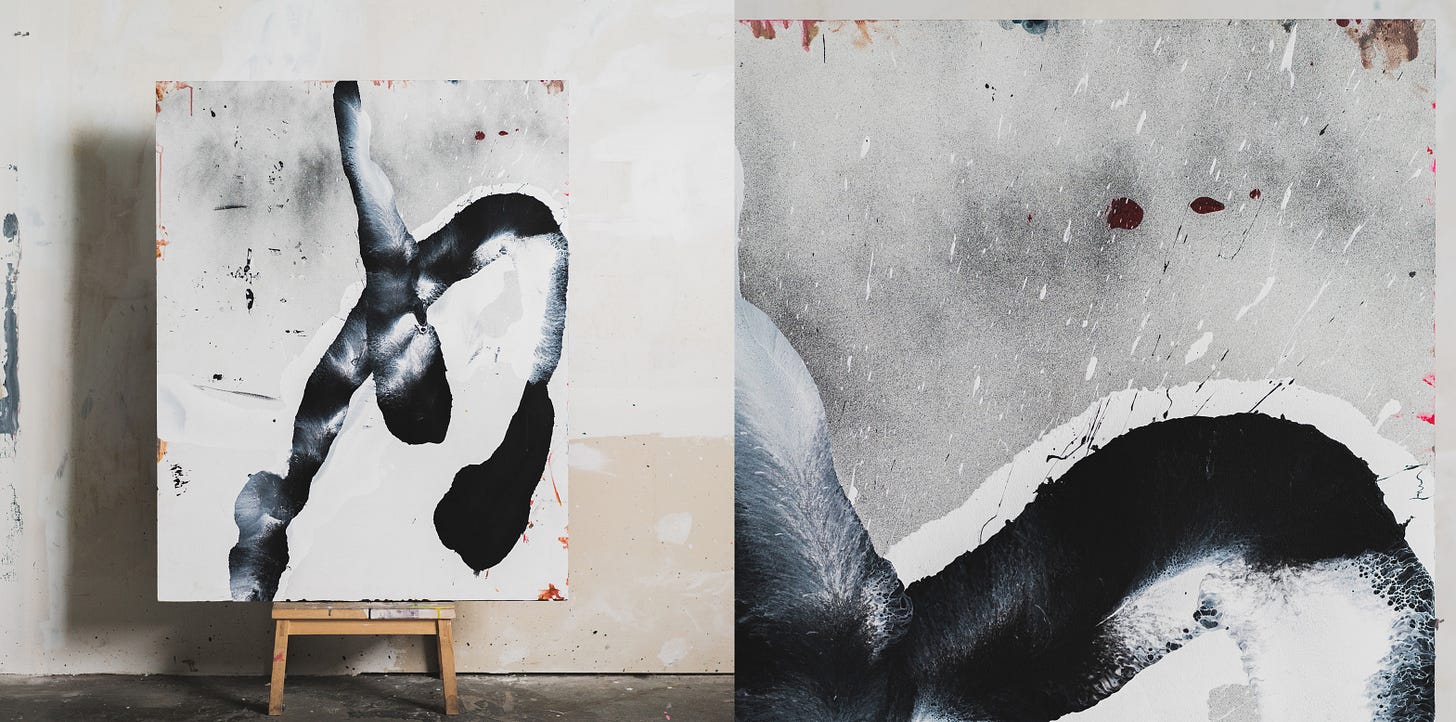Seeing is passive. Light enters our eyes, and our brain processes it, forming an image. Noticing, however, is active. It is the moment of engagement, the instant when perception sharpens, when we begin to understand, question, or feel something beyond the visual.
Noticing is layered. It starts with awareness but flows into interpretation, memory, and emotion, merging and interacting with them in a continuous exchange. It’s not just about registering what’s in front of us but questioning: Do I like this? What does it mean? Why does it evoke a reaction? How does it connect to something beyond itself? Noticing elevates the unnoticed, revealing meaning and value in what might otherwise be ignored. This process of noticing extends beyond vision it's about listening, sensing, recognizing feelings as they arise, and questioning their origins.
Noticing does not happen in isolation, it is deeply connected to perception, the way we make sense of the world. If seeing is absorbing raw information, perception is the lens that gives it meaning. And that lens is shaped by your culture, experiences, language, and the depth of your understanding. It is influenced by your memories, biases, and the frameworks you use to interpret the world around you.

In Braiding Sweetgrass, Robin Wall Kimmerer describes how the Potawatomi language, unlike English, is verb-based rather than noun-based. In this linguistic framework, a tree is not just a static object—it is tree-ing. It exists in a state of being, in relationship to everything around it. This way of seeing shifts perception. Instead of categorizing the world into things, it invites participation, empathy, and a sense of interconnectedness. It encourages noticing not only that something exists but how it exists, how it moves, how it interacts. It also bypasses judgment and rigid classifications, allowing us to see things as dynamic and interconnected, each with its own inherent worth within a larger ecosystem.
This shift in perception shapes not only aesthetics, but everyday life. Noticing is the key to deeper understanding as it fosters growth, refinement, and transformation. Viewing design as a collection of static choices—colors, typography, composition, image—can be limiting. But when we see design as a dynamic conversation between many elements, we unlock a richer understanding of its depth and impact.
To notice is to engage. It is an act of curiosity and care. When we notice, we are pulled into a dialogue. We stop being passive observers and become active participants in what we are seeing. Noticing is what allows us to:
Feel when something’s “right or wrong” even if the reason isn’t clear. Follow the thread deeper to uncover why.
Trace our emotional responses to memory, experience, or intuition.
Detect patterns, connections, and relationships that may have gone unnoticed.
Look beyond the obvious to see what is subtle, hidden, or overlooked.
Find new context in the obvious.
Noticing is a skill that helps expand our perception. It can be cultivated, stretched, deepened. Some ways to expand perception include:
Slowing down. Speed and habit dull perception. Intentionally pausing allows new details to emerge. Another way to see this is “adding space,” something I think about a lot and will cover in the future.
Changing perspective. Looking at something from a new angle (physically / mentally) can shift how we perceive it. I see “problems” as 3d objects that I rotate to get different perspectives.
Engaging the senses. Noticing is not just visual; it involves sound, texture, movement, emotion. The more senses we engage, the more layered our perception becomes.
Considering context. Noticing is not just about what is seen but what surrounds it; our history, culture, intent, environment.
Letting go of labels. When we stop categorizing things too quickly, we allow space for new interpretations.
Sparking the imagination. Can we reframe something, give it new meaning, or see it beyond its intended function? How does this shift in perspective alter our perception and open new possibilities?
Noticing isn’t just about aesthetics, it’s about deepening our perception of the world and how we engage with it. It’s about engaging with life more fully, beyond surface-level observation, and cultivating a richer understanding. The more we notice, the more alive everything becomes, revealing unseen connections and layers of meaning/understanding.
Note: I started this article in 2023 after a friend asked how I got good at color. I thought about it a bit and said “it’s noticing.” This lead me down many paths and I broke my thoughts into 4 pieces. This is the first installment. I will dive deeper into feeling (going to be a hard one), altitudes of perception, and maybe one more.
What have I missed? Questions?
Links: Cina Associates, Cina Art, Public Type





As always Mike, you have expressed this so well. Noticing is at the core of living a broad human life and really a life beyond just being a person but a part of something vast and intricate.
i agree with Davin, beautifully articulated and helps to bring something right to the front of my mind that's been lingering at the back, unexpressed for a while. i've recently had a kid (she's 18mo) and they exist in a permanent state of noticing. it's forced me to notice so much more, and echoes the long-told wisdom that we'd all do well to return more to our childlike state more often.